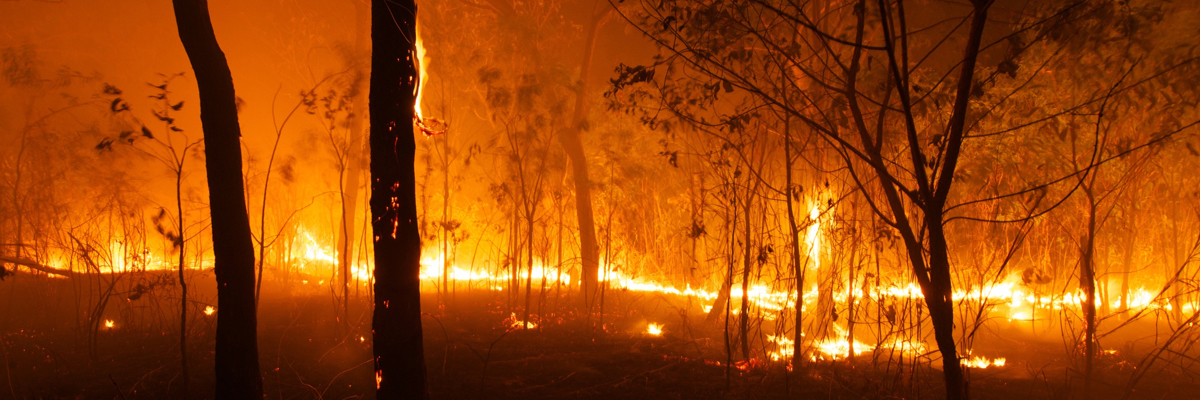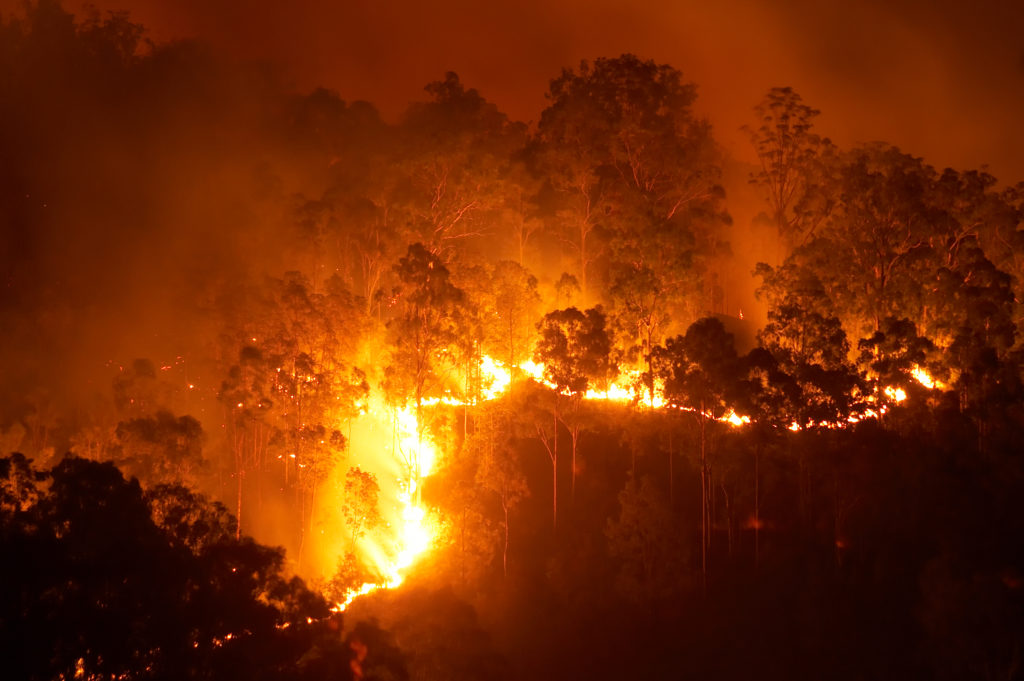BAL Report Principles: Vital Details for Property Owners
Navigating Bush Fire Protection Rules With BAL Record
In the world of residential property advancement and homeownership, navigating bush fire protection guidelines is paramount for making certain the security and compliance of frameworks in risky areas. Central to this undertaking is the Bushfire Assault Degree (BAL) record, an important record that assesses the possible exposure of a property to bushfire. Comprehending how to analyze and apply the information included within a BAL record can substantially affect the style, building and construction, and maintenance of buildings. By diving into the complexities of BAL assessments and their implications for building conformity, stakeholders can proactively handle bush fire dangers and safeguard residential properties versus potential hazards.
Comprehending Shrub Fire Protection Regulations
To efficiently browse the complexities of bush fire defense policies, it is vital to have a clear understanding of the governing guidelines and needs in position. Shrub fire defense laws are essential for safeguarding buildings and lives in locations vulnerable to bushfires. These laws establish the requirements and procedures that homeowner must stick to in order to reduce the dangers connected with bushfires.

Relevance of BAL Assessments
Understanding the relevance of BAL assessments is essential in making certain conformity with bush fire defense policies and successfully mitigating the dangers related to bushfires. BAL analyses, which identify the Bushfire Assault Degree of a property, are critical for designing ideal bush fire security steps customized to the particular danger profile of the website. By examining aspects such as plants type, distance to possible fire risks, and incline of the land, BAL assessments supply beneficial understandings into the level of threat a residential or commercial property encounters throughout a bushfire event.

Implications for Structure Conformity
Navigating via structure conformity demands according to BAL evaluations is essential for ensuring structures are sufficiently strengthened versus the dangers postured by bushfires. Structure compliance describes sticking to the regulations and criteria stated to improve the safety and security and resilience of buildings in bushfire-prone locations. The ramifications of structure conformity in regard to BAL evaluations are significant. Structures that fail to satisfy the needed conformity criteria are at directory a greater threat of sustaining damages or devastation throughout a bushfire event. This not only threatens the owners however likewise positions a threat to the surrounding atmosphere.
Making certain building conformity includes cautious planning, construction, and upkeep to reduce the possible influence of bushfires - BAL Report. It requires a complete understanding of the BAL rating assigned to the home and applying the ideal actions to improve its fire protection capabilities. Non-compliance with building laws can result in lawful repercussions, insurance policy difficulties, and most notably, threaten lives. Therefore, taking structure compliance seriously and including BAL analysis outcomes right into building methods is vital for securing residential properties in bushfire-prone regions.
Taking Care Of Bush Fire Risks Efficiently
Offered the crucial significance of structure compliance in fortifying structures versus bushfire dangers, properly taking care of these dangers requires a comprehensive technique that prioritizes aggressive reduction techniques. Cleaning flammable vegetation, developing defensible spaces, and guaranteeing correct upkeep can considerably minimize the risk of fire spreading to the residential or commercial property. By incorporating these positive actions, home owners can successfully manage bushfire risks and enhance the safety of their frameworks and occupants.
Practical Tips for Homeowners and Developers
Properly handling bushfire risks as a home owner or developer demands implementing functional mitigation approaches customized to the building's details susceptabilities and environments. One critical pointer is to preserve a well-kept defensible space around structures, typically a minimum of 30 meters in risky locations. This space needs to be free from combustible vegetation, debris, and Visit Website other flammable products that can potentially fuel a fire. Additionally, choosing fireproof structure materials can significantly enhance the residential or commercial property's ability to hold up against ember strikes and direct flame contact. Making sure that walls, roofing systems, and home windows are created or upgraded to satisfy appropriate bushfire defense criteria is vital.
Moreover, developing an emergency strategy and exercising evacuation drills with family members workers, renters, or members can conserve lives in case of a bushfire. Staying educated about local fire risk rankings, weather, and emergency notifies is also crucial for making timely choices to protect life and building. Engaging with local fire authorities, area teams, and specialists experienced in bushfire administration can provide valuable assistance and support in creating extensive bushfire protection techniques.
Verdict
In final thought, browsing bush fire security laws with a BAL record is vital for ensuring building compliance and handling bush fire risks successfully. Comprehending the value of BAL assessments and adhering to sensible suggestions can help property owners and programmers alleviate the impact of bush fires. By adhering to these guidelines and taking necessary precautions, people can create more secure settings on their own and their neighborhoods.
Secret elements of bush fire security policies include the Bushfire Attack Level (BAL) evaluation, which figures out the level of danger a residential my latest blog post property deals with from bushfires. BAL analyses, which determine the Bushfire Attack Level of a property, are critical for designing ideal bush fire defense procedures customized to the particular threat profile of the site. By assessing factors such as vegetation kind, distance to potential fire risks, and slope of the land, BAL assessments provide beneficial insights right into the degree of danger a residential or commercial property faces throughout a bushfire event.

In conclusion, browsing bush fire defense guidelines with a BAL report is important for making certain building conformity and handling bush fire risks efficiently.